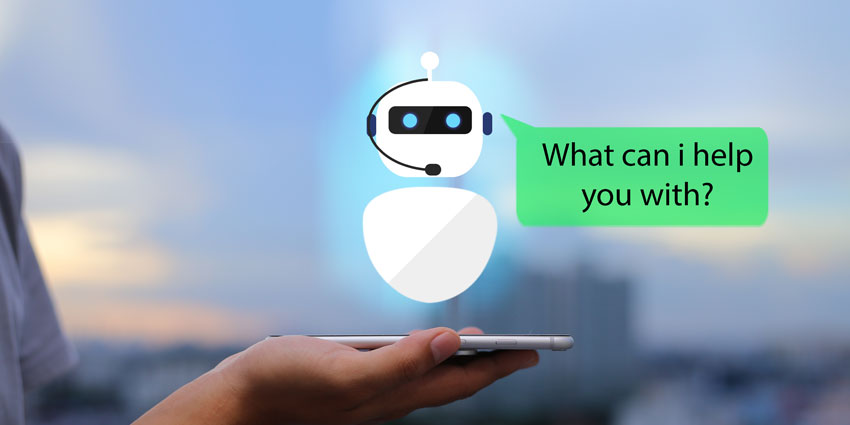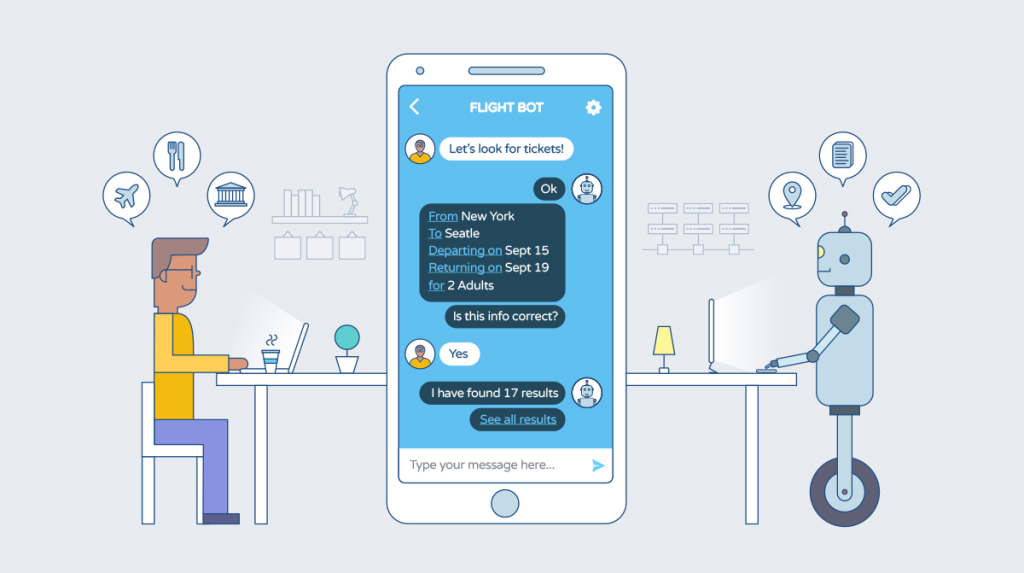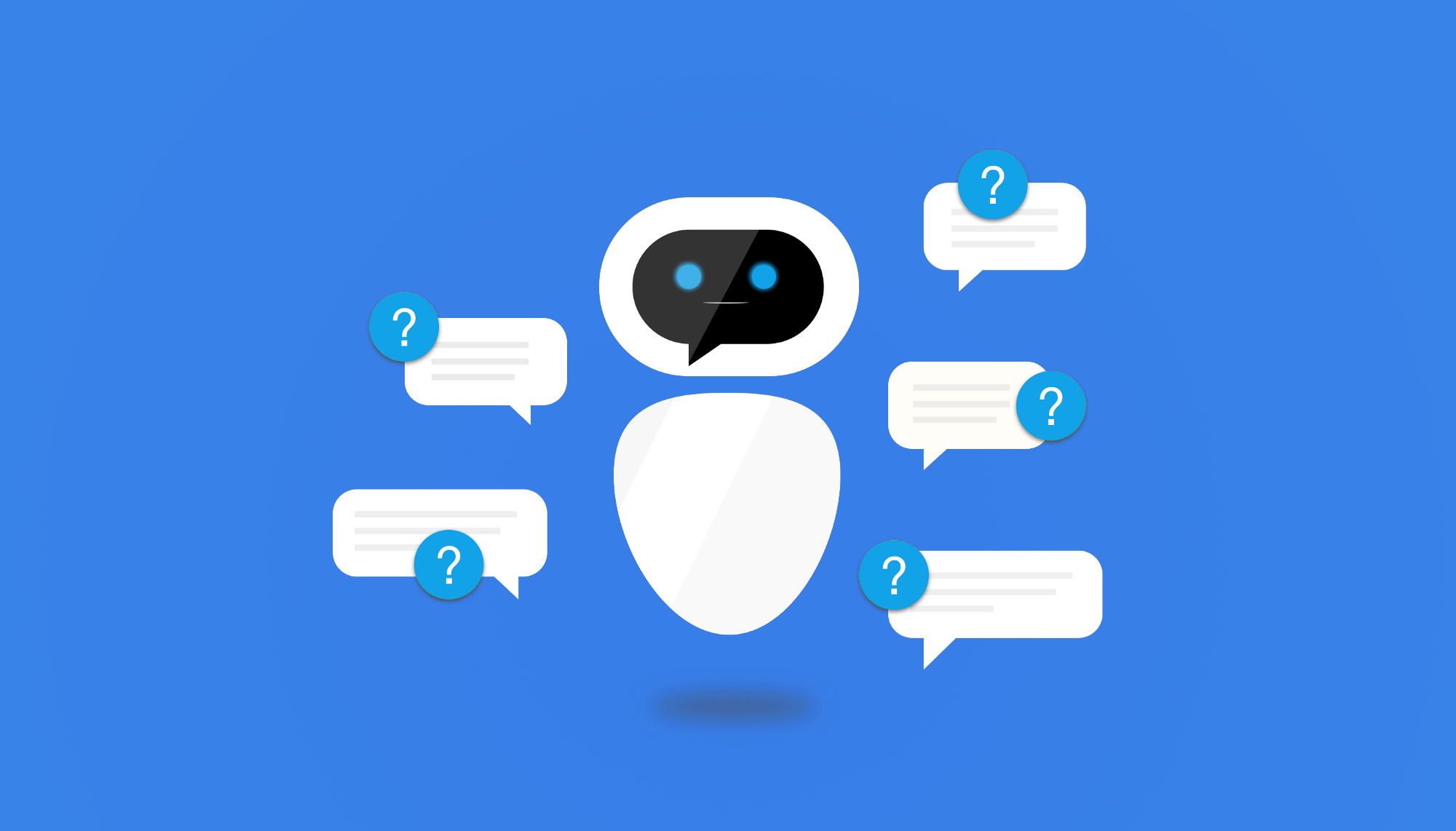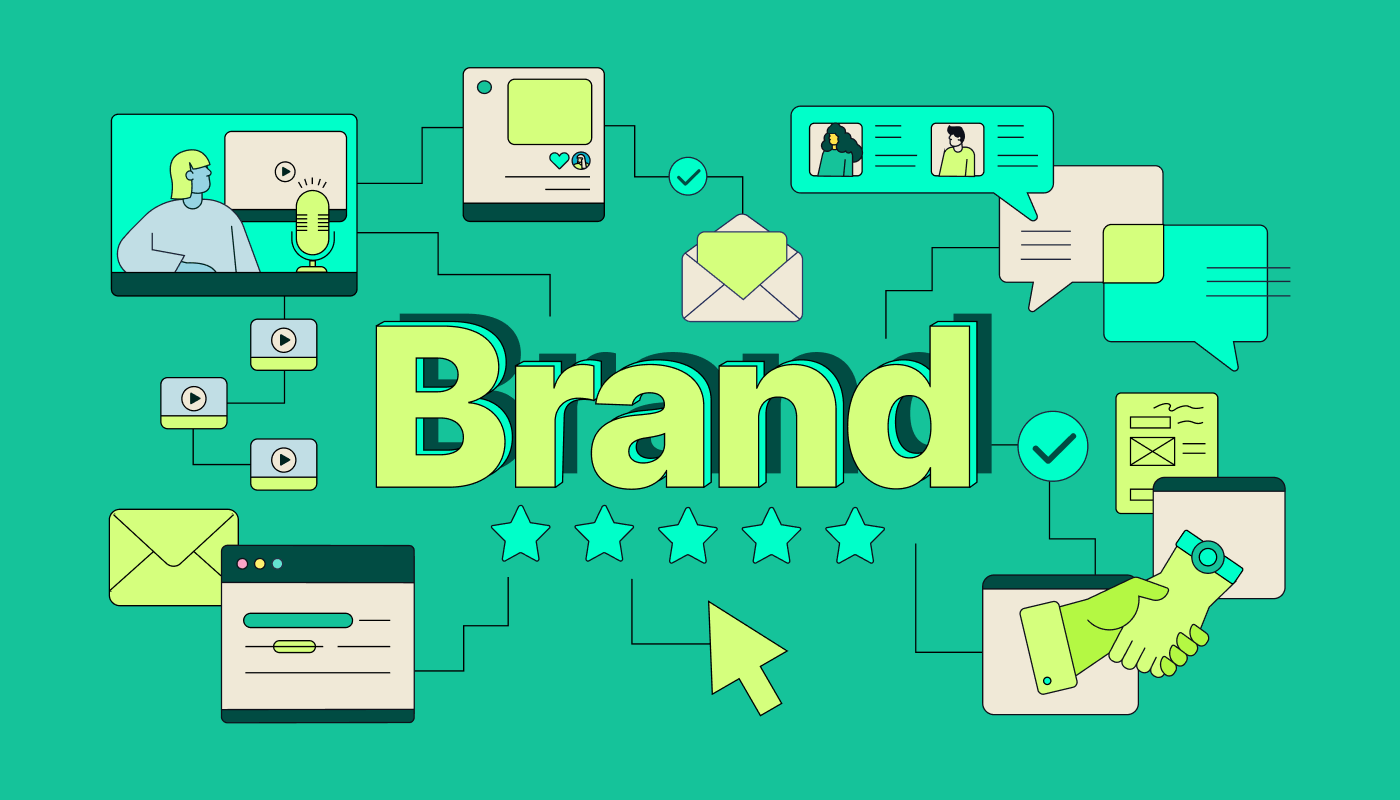In today’s rapidly evolving digital landscape, businesses are constantly seeking innovative ways to engage with their audience and streamline customer interactions. Among the various technological advancements, chatbots have emerged as a powerful tool for enhancing customer engagement and driving business growth. These AI-powered virtual assistants are revolutionizing the way brands communicate with their customers online. In this comprehensive guide, we will explore the benefits of integrating chatbots into digital marketing strategies and delve into actionable insights on how businesses can leverage this technology to create personalized experiences, boost sales, and build lasting relationships with their audience.
What are Chatbots?

Chatbots are software applications powered by artificial intelligence (AI) algorithms designed to simulate human-like conversations with users. They interpret and respond to user queries in real-time, providing assistance, information, or completing tasks without human intervention.
How Do Chatbots Work?
Chatbots utilize natural language processing (NLP) and machine learning algorithms to understand user input and generate appropriate responses. They can be deployed across various digital platforms, including websites, messaging apps, and social media channels, enabling businesses to engage with customers wherever they are online.
Chatbots operate based on predefined rules or through machine learning models that continuously improve their understanding and responses over time. When a user interacts with a chatbot, the software analyzes the input using NLP techniques to identify the user’s intent and extract relevant information. Based on this analysis, the chatbot generates an appropriate response or takes action to fulfill the user’s request.
There are two primary types of chatbots:
1. Rule-Based Chatbots: Rule-based chatbots follow a predefined set of rules and responses programmed by developers. They rely on keyword matching and simple decision trees to interpret user input and generate responses. While rule-based chatbots are limited in their capabilities, they can be effective for handling straightforward tasks and providing basic information.
2. AI-Powered Chatbots: AI-powered chatbots leverage machine learning algorithms to understand natural language and provide more sophisticated responses. These chatbots continuously learn from user interactions and improve their accuracy and effectiveness over time. AI-powered chatbots can handle more complex queries and provide personalized assistance based on user preferences and historical data.
The Benefits of Chatbots in Digital Marketing

In today’s digital era, where consumer expectations are higher than ever before, businesses are constantly seeking innovative ways to enhance their digital marketing strategies and deliver exceptional customer experiences. Among the various technological advancements reshaping the landscape of digital marketing, chatbots have emerged as a powerful tool for businesses to engage with their audience effectively. In this section, we will delve into the key benefits of integrating chatbots into digital marketing strategies and explore how they can help businesses drive engagement, boost sales, and foster long-term customer relationships.
24/7 Availability: One of the most significant advantages of chatbots is their round-the-clock availability. Unlike human agents who have limited working hours, chatbots can provide instant assistance and support to users at any time of the day or night. This 24/7 availability ensures that customers receive prompt responses to their inquiries, improving customer satisfaction and reducing response times. Whether it’s answering frequently asked questions, providing product information, or resolving issues, chatbots enable businesses to deliver consistent support and service to their customers around the clock.
Personalized Interactions: Through data analysis and machine learning, chatbots have the ability to deliver personalized recommendations, product suggestions, and promotional offers based on user preferences and past interactions. By analyzing user data such as purchase history, browsing behavior, and demographic information, chatbots can tailor their responses to individual users, creating more personalized and relevant interactions. This personalized approach enhances the overall customer experience and fosters brand loyalty by making customers feel valued and understood. Whether it’s recommending products based on past purchases or offering personalized discounts, chatbots enable businesses to engage with their audience in a more meaningful way.
Efficient Lead Generation: Chatbots can play a crucial role in streamlining the lead generation process for businesses. By qualifying leads, gathering contact information, and guiding users through the sales funnel, chatbots can automate repetitive tasks and provide timely assistance to prospects. Through interactive conversations and targeted questions, chatbots can identify potential leads, qualify them based on predefined criteria, and route them to the appropriate sales representative for further follow-up. This automated lead generation process not only saves time and resources but also improves conversion rates by ensuring that leads are effectively nurtured and guided through the sales pipeline.
Instant Customer Feedback: Chatbots can serve as valuable tools for gathering real-time feedback from customers. By soliciting feedback through interactive surveys, polls, or simple conversational prompts, chatbots enable businesses to gather insights into customer preferences, pain points, and satisfaction levels. This feedback can be invaluable for businesses in refining their marketing strategies, improving products/services, and enhancing the overall customer experience. By listening to customer feedback and addressing their concerns promptly, businesses can demonstrate their commitment to customer satisfaction and build stronger relationships with their audience.
Seamless Integration: Chatbots can be seamlessly integrated with existing digital marketing channels, including websites, social media platforms, and messaging apps. This seamless integration allows businesses to provide consistent and cohesive experiences across all touchpoints, reinforcing brand identity and messaging. Whether it’s assisting users on a website, responding to inquiries on social media, or providing support through messaging apps, chatbots enable businesses to maintain a unified presence and engage with their audience wherever they are online. This omnichannel approach to customer engagement not only enhances brand visibility but also ensures that customers receive consistent support and service across all channels.
In conclusion, chatbots offer a wide range of benefits for businesses looking to enhance their digital marketing strategies and deliver exceptional customer experiences. From providing round-the-clock support to delivering personalized interactions and streamlining lead generation processes, chatbots have the potential to transform the way businesses engage with their audience online. By leveraging the capabilities of chatbots, businesses can drive engagement, boost sales, and build long-lasting relationships with their customers, ultimately gaining a competitive edge in today’s digital landscape. As chatbot technology continues to evolve and become more sophisticated, businesses must seize the opportunity to integrate chatbots into their digital marketing strategies and unlock their full potential for growth and success
How to Integrate Chatbots into Digital Marketing Strategies
Now that we’ve explored the benefits of chatbots, let’s discuss how businesses can effectively integrate this technology into their digital marketing strategies:
- Define Objectives: Start by identifying specific goals and objectives for integrating chatbots into your digital marketing efforts. Whether it’s improving customer service, increasing sales, or generating leads, having clear objectives will help guide the implementation process.
- Choose the Right Platform: Select a chatbot platform that aligns with your business needs, budget, and technical requirements. Popular options include Facebook Messenger, WhatsApp, Slack, and website chat widgets. Consider factors such as scalability, customization options, and integration capabilities when evaluating platforms.
- Design Conversational Flows: Develop conversational flows that guide users through predefined paths based on their queries and intents. Consider the most common customer inquiries and pain points, and design responses that address these issues effectively. Keep the conversation natural and engaging to enhance the user experience.
- Implement Personalization: Leverage user data and machine learning algorithms to personalize interactions with chatbots. Use past purchase history, browsing behavior, and demographic information to tailor recommendations, offers, and responses to individual users. Personalization enhances engagement and fosters brand loyalty.
- Monitor Performance and Iterate: Continuously monitor the performance of your chatbots using analytics and metrics such as response times, user engagement, and conversion rates. Gather feedback from users and iterate on your chatbot’s design and functionality to improve its effectiveness over time.
Real-World Examples of Chatbot Success Stories

Let’s explore some real-world examples of businesses that have successfully integrated chatbots into their digital marketing strategies, revolutionizing customer experiences and driving business growth.
Sephora Virtual Artist: Sephora, a leading beauty retailer, introduced the Virtual Artist chatbot, allowing users to try on makeup virtually using augmented reality (AR) technology. By leveraging the chatbot, customers can upload a photo or use their device’s camera to see how different makeup products would look on their face. The chatbot provides personalized product recommendations and tutorials based on users’ preferences, skin tone, and desired makeup styles. This immersive experience not only enhances the online shopping experience but also helps customers make informed purchasing decisions, leading to increased sales and customer satisfaction.
Domino’s Pizza Bot: Domino’s Pizza Bot is a prime example of how chatbots can streamline the ordering process and enhance customer convenience. Through Facebook Messenger, users can interact with the Domino’s Pizza Bot to place orders, customize their pizzas, track delivery status, and receive exclusive offers. The chatbot’s intuitive interface and seamless integration with social media platforms make the ordering process quick, easy, and convenient for customers. By providing a hassle-free ordering experience, Domino’s Pizza Bot has helped the brand boost sales and strengthen customer loyalty.
H&M Chatbot: H&M, a global fashion retailer, introduced a chatbot on Kik Messenger to provide users with personalized style recommendations, outfit inspiration, and shopping assistance. The chatbot uses AI algorithms to understand users’ fashion preferences, budget constraints, and sizing requirements. Based on this information, the chatbot suggests relevant products from H&M’s catalog, helping users discover new styles and make fashion-forward choices. By engaging with customers in a conversational manner and offering tailored recommendations, H&M’s chatbot enhances the shopping experience and drives sales for the brand.
1-800-Flowers Assistant: 1-800-Flowers, a leading floral and gift retailer, launched a chatbot across various messaging platforms, including Facebook Messenger, Google Assistant, and Amazon Alexa. The chatbot allows users to browse and order flowers, gifts, and gourmet treats directly through their preferred messaging app. Additionally, the chatbot provides personalized gift suggestions based on occasion, recipient preferences, and budget constraints. By offering a convenient and personalized shopping experience, 1-800-Flowers’ chatbot has helped the brand increase sales and attract new customers.
Marriott International’s Chatbot: Marriott International, a global hospitality company, introduced Chatbot to assist guests with hotel bookings, room service requests, and local recommendations. Available on Facebook Messenger and Slack, the chatbot provides timely assistance and personalized recommendations based on guests’ preferences and travel itineraries. Whether guests need help booking a room, ordering room service, or exploring local attractions, ChatBot is there to provide support and enhance the guest experience. By leveraging chatbot technology, Marriott International has improved operational efficiency, reduced response times, and elevated customer satisfaction levels across its properties.
These real-world examples demonstrate the diverse applications of chatbots in digital marketing and customer service. By leveraging chatbots to provide personalized assistance, streamline processes, and enhance the overall customer experience, businesses can drive engagement, increase sales, and build stronger relationships with their audience. As chatbot technology continues to evolve, businesses must seize the opportunity to integrate chatbots into their digital marketing strategies and stay ahead of the curve in today’s competitive marketplace
Conclusion
In conclusion, the rise of chatbots has reshaped the landscape of digital marketing, offering businesses invaluable tools to engage with their audience and elevate the customer experience. The benefits of integrating chatbots into digital marketing strategies, as highlighted throughout this discussion, underscore their significance in driving business success.
With 24/7 availability, chatbots ensure that customers receive timely assistance and support, thereby enhancing satisfaction and reducing response times. Moreover, their ability to deliver personalized interactions based on user preferences and behaviors fosters brand loyalty and strengthens relationships with customers.
Efficient lead generation is another key advantage of chatbots, as they automate processes and guide users through the sales funnel, resulting in improved conversion rates and streamlined marketing efforts. Additionally, chatbots serve as valuable tools for gathering instant customer feedback, enabling businesses to refine strategies and enhance products/services based on real-time insights.
As chatbot technology continues to evolve, businesses must remain proactive in exploring innovative ways to integrate this technology into their digital marketing endeavors. By embracing chatbots as integral components of their marketing arsenal, businesses can stay competitive in today’s dynamic digital landscape.
In essence, chatbots have the potential to revolutionize the way businesses engage with their audience and drive growth in the digital age. With the right strategy and implementation, chatbots empower businesses to deliver exceptional customer experiences, build lasting relationships, and achieve success in the ever-evolving digital marketplace



